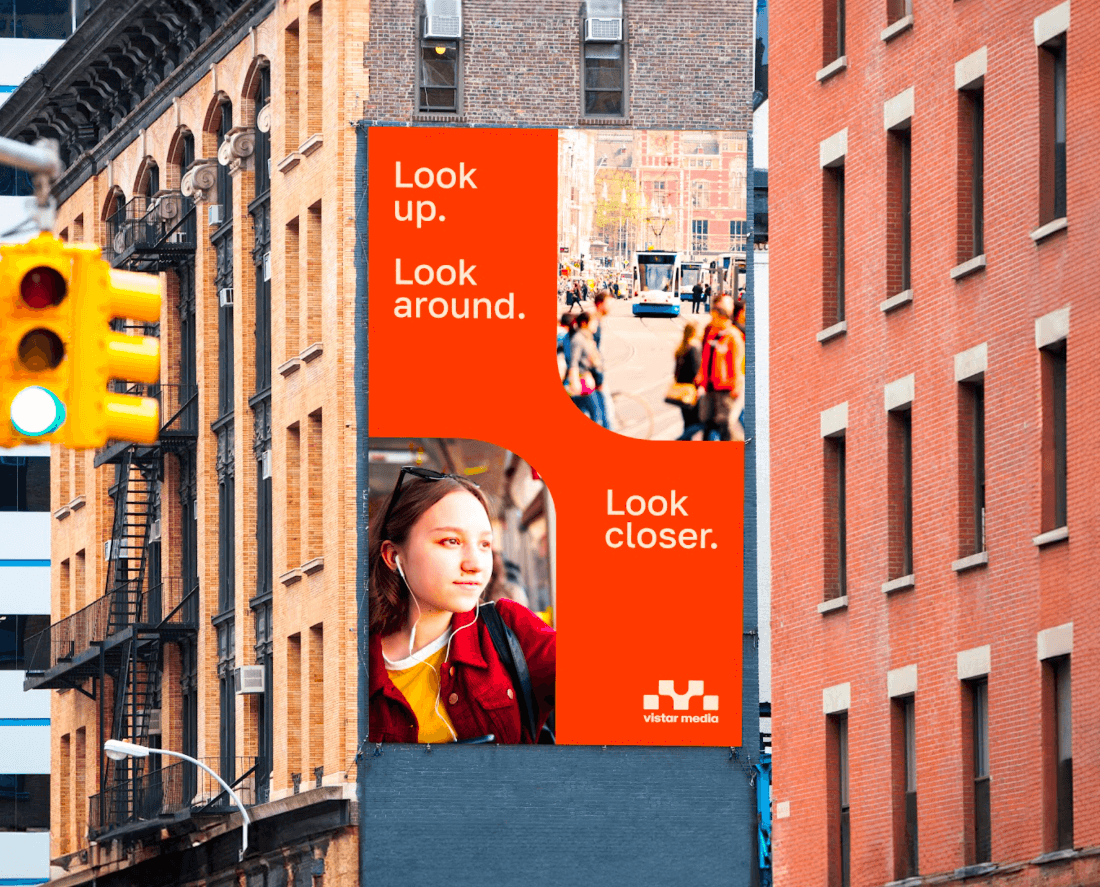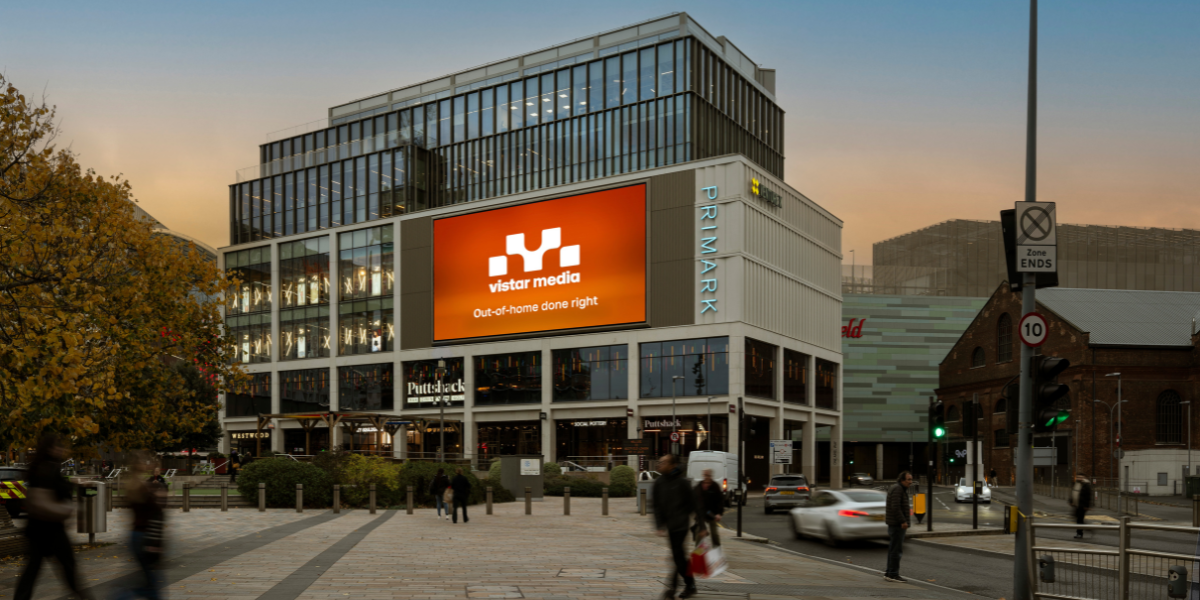
The world of advertising is moving faster than ever, and out-of-home (OOH) media is no exception. While digital platforms have long embraced automation to streamline processes and deliver data-driven results, traditional OOH planning still often requires tedious administrative work that can lead to inefficiencies and frustration throughout the process. However, this is beginning to change, thanks to the rise of automation tools specifically designed to bring traditional OOH planning into the modern era.
The challenge of traditional OOH planning
Planning an OOH campaign involves numerous moving parts. From selecting the right inventory to managing vendor relationships, negotiating rates and communicating updates, the process can be cumbersome without a centralized place to keep track of all of it. Without the right technology, each of these steps is often done manually, leading to disjointed workflows, longer timelines and missed opportunities.
For agencies and media buyers, these challenges can result in fragmented data, over-reliance on email chains, and a lack of centralized visibility. With limited transparency, both buyers and sellers struggle to optimize campaigns efficiently, which can reduce the overall impact of OOH campaigns.
The power of automation in OOH planning
Technology has become a game-changer in media planning, and the traditional OOH sector is now benefiting from some of the same efficient processes that have transformed programmatic DOOH advertising. Here’s how automation is improving OOH campaign planning:
Facilitate inventory discovery and selection
Automating inventory discovery enables buyers to quickly access and evaluate available OOH media across different markets. With planning technology, marketers can visualize coverage areas, assess audience insights and filter down inventory that aligns with specific campaign goals—all in real-time. This eliminates the need for constant back-and-forth communication with individual media owners and reduces the time spent gathering data from disparate sources.
Streamline communication and negotiation
One of the most time-consuming aspects of traditional OOH planning can be the negotiation process with different vendors. Automating RFP submissions and media owner communications allows media buyers to manage all interactions in one place. Automated platforms enable direct collaboration, where buyers and sellers can adjust proposals, negotiate terms and finalize plans without the inefficiencies of email chains and manual tracking.
Enhance collaboration across stakeholders
By centralizing communications and providing shared access to campaign plans, planners can ensure smoother workflows and avoid miscommunication. Automated tools offer transparency by enabling real-time visibility into campaign progress for all parties involved. These tools also transform campaign data into compelling, easy-to-understand presentations, with the ability to effortlessly export grids, photosheets, and specs. This makes it simpler for clients to review, provide feedback, and approve plans, ultimately streamlining the process from planning to completion.
Conclusion
In today’s fast-paced advertising environment, efficiency is critical. Streamlining traditional OOH planning workflows allows media buyers to work smarter, not harder—saving time, streamlining collaboration, and delivering more impactful campaigns driven by data insights. As tools continue to evolve, agencies will be better equipped to optimize their planning processes, empowering teams to allocate resources more effectively and focus on strategic, high-value tasks that elevate client campaigns.
Adstruc, a Vistar Media Platform
If you'd like to optimize your out-of-home planning through the power of technology, look no further. Adstruc is a comprehensive traditional OOH planning platform designed to simplify the process from inventory discovery to efficient vendor negotiations, empowering you to maximize your campaign’s potential.

%20(1).png)


